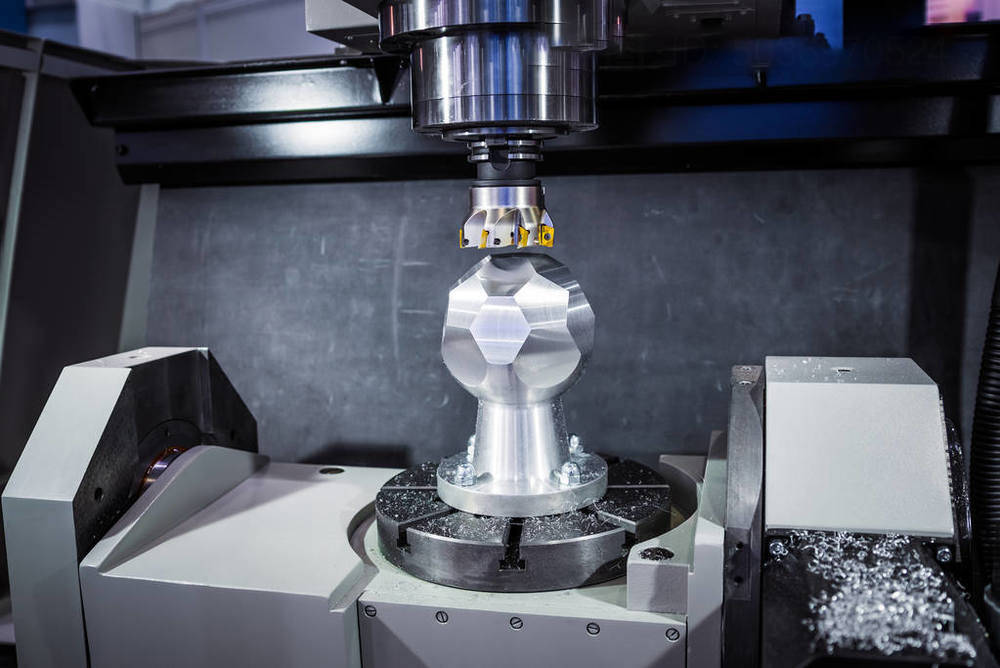Understanding Cost Calculations in Sheet Metal Fabrication+ View more
The general formula for product pricing encapsulates the sum of material costs, processing fees, potential surface treatment expenses, various taxes, and the intended profit margin. An additional cost - the mould fee - comes into play when the sheet metal work necessitates the creation of a mould. This mould fee can vary significantly depending on the nature of the work, the selected material, and the specifications required for the mould itself.
Material costs can fluctuate based on market price and the particular steel grade required, with special attention to whether the materials need to be imported. Other considerations such as transportation for large sheet metal orders and taxes also play a role in the final cost. A standard inclusion in the pricing strategy is a 15-20% charge that covers management, sales, and profit. A typical pricing model for common sheet metal processing combines these costs with additional charges for fixed standard parts, surface decoration, and tax rates.
Pricing Strategies for Small Batch Sheet Metal Processing
When dealing with small-batch sheet metal processing, where moulds are not used, the pricing strategy takes a slightly different turn. The calculation starts with the material's net weight being adjusted by a factor (usually between 1.2 and 1.3) to determine the gross weight, which is then multiplied by the material's unit price to reach the total material cost. The processing fee is then derived by multiplying the material cost by a factor ranging from 1 to 1.5.
Decorative costs vary depending on the treatment type; plating costs are determined by the net weight of the parts, while painting costs are calculated by surface area. Added to the material and processing costs are fixed standard parts and surface decoration costs to arrive at the total cost of production. The profit is often determined as a percentage (typically 15-20%) of the total costs incurred. An important consideration here is that the material costs calculated must be exclusive of tax.
Large Volume Sheet Metal Fabrication Pricing
Large-volume production that necessitates the use of moulds has a different pricing model that typically segregates mould cost and part cost. When moulds are involved, the per-part processing fee may decrease, with overall profits being determined by the production volume. The raw material cost in our facility generally considers the net material and the material utilization rate, as sheet metal fabrication often leads to some scrap material which may or may not be recyclable.
The profitability of large-scale sheet metal production hinges not just on the direct costs of materials and processing but also on the indirect costs associated with waste material, which may vary from being resold as scrap to complete disposal without any recoupment. This consideration is crucial for businesses as it directly affects the bottom line. Accurate cost estimations ensure that pricing strategies are both competitive and profitable, further emphasizing the importance of thorough and precise cost calculations in every quote provided to clients.

